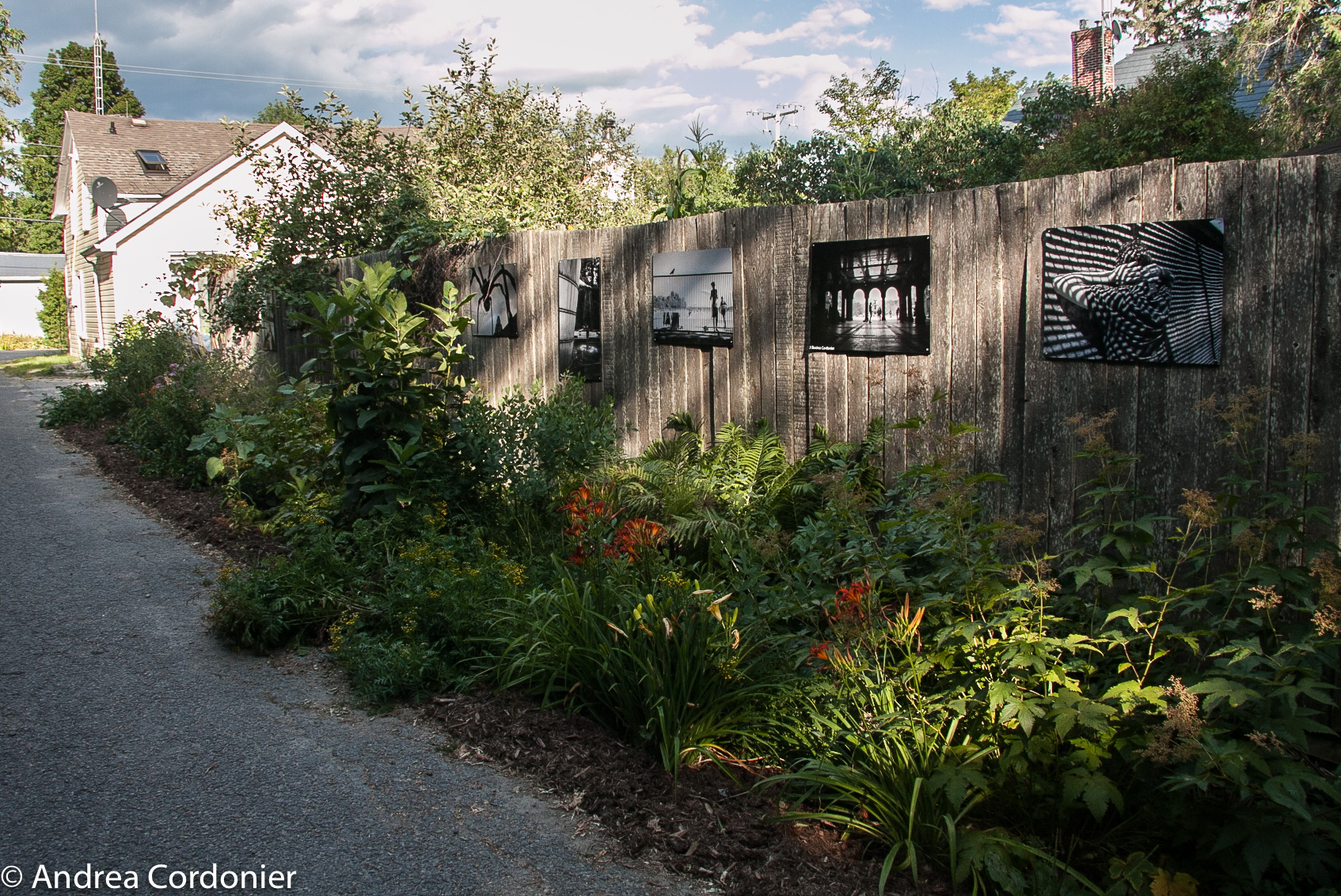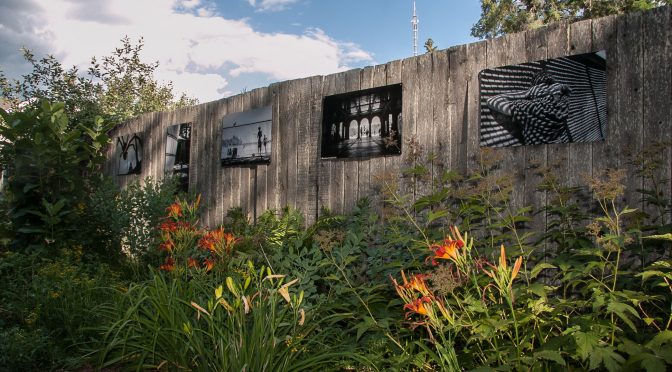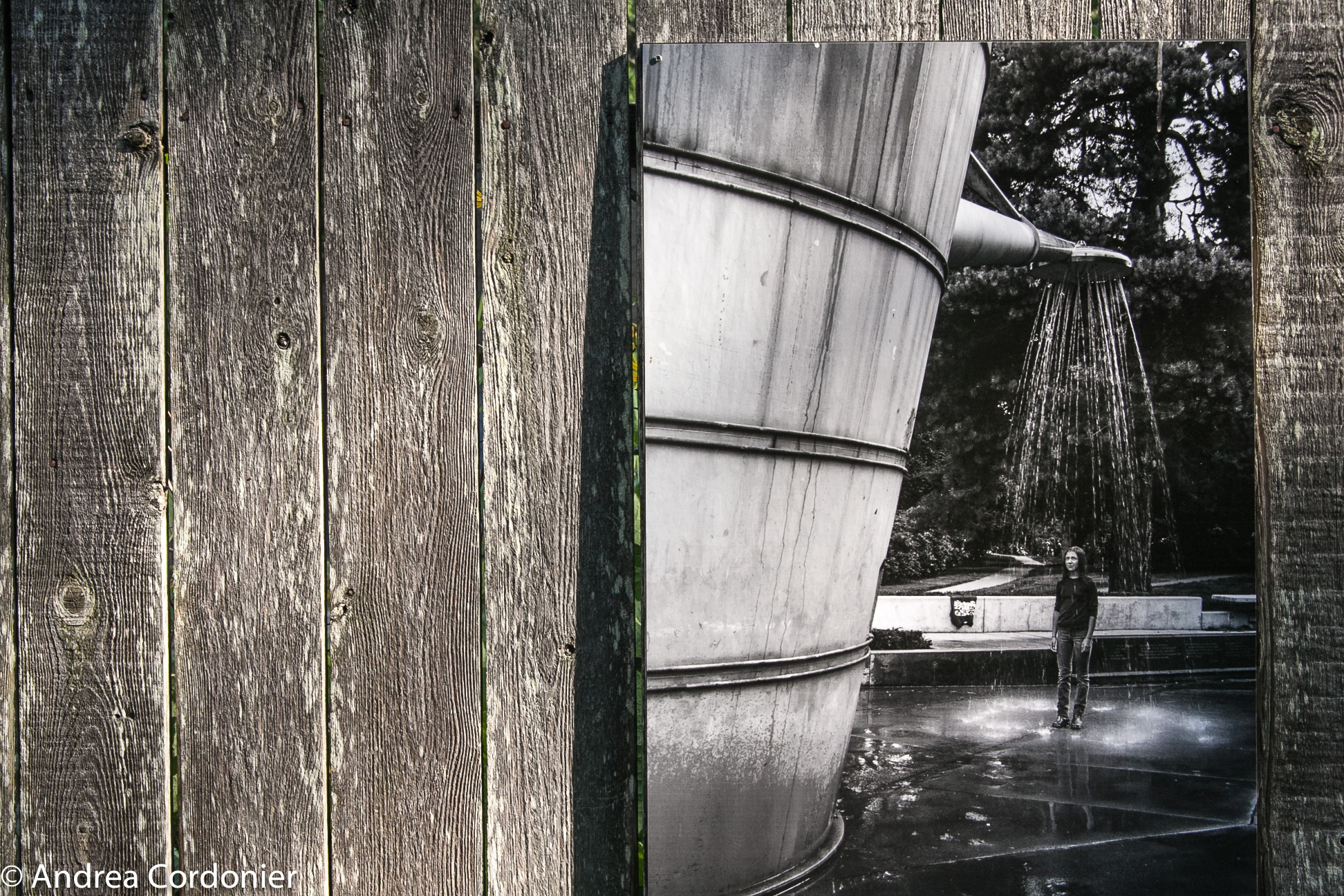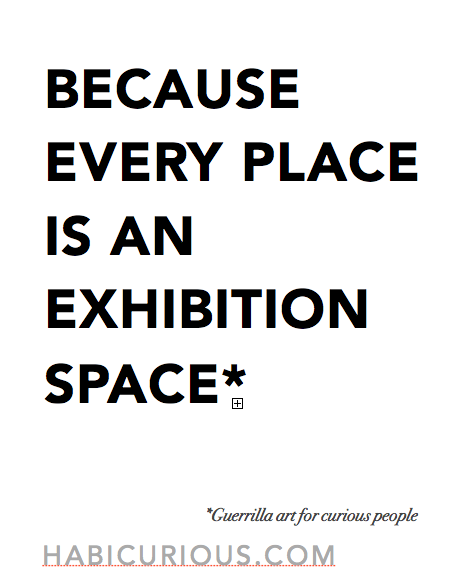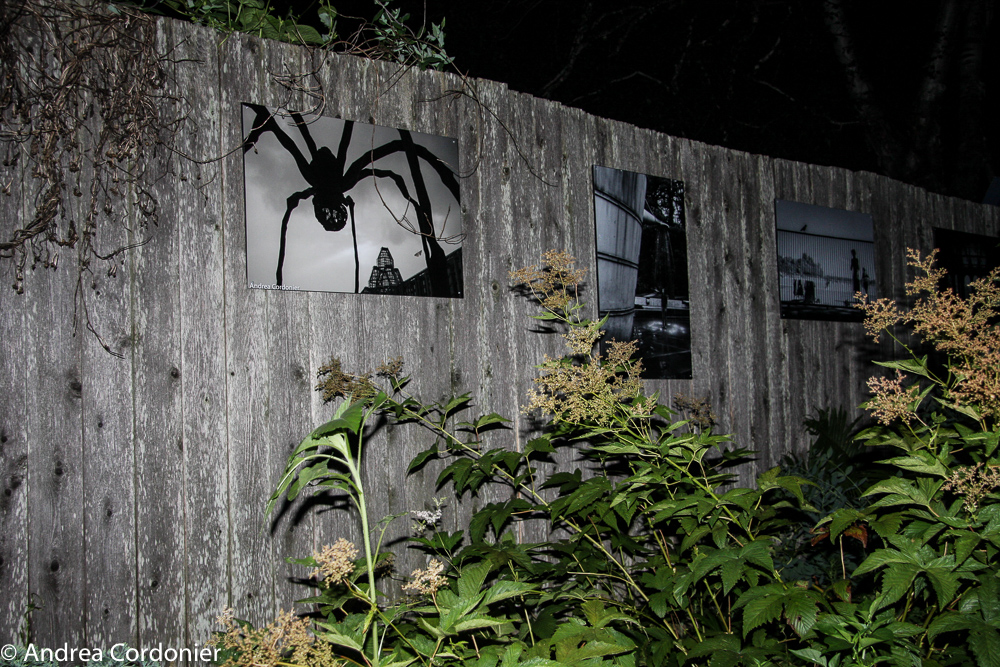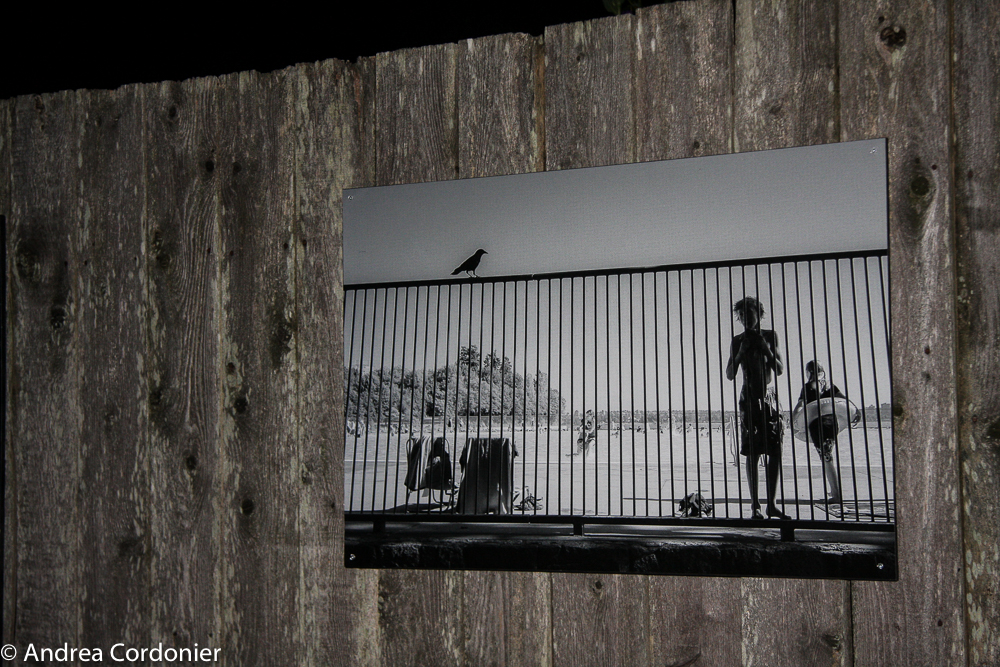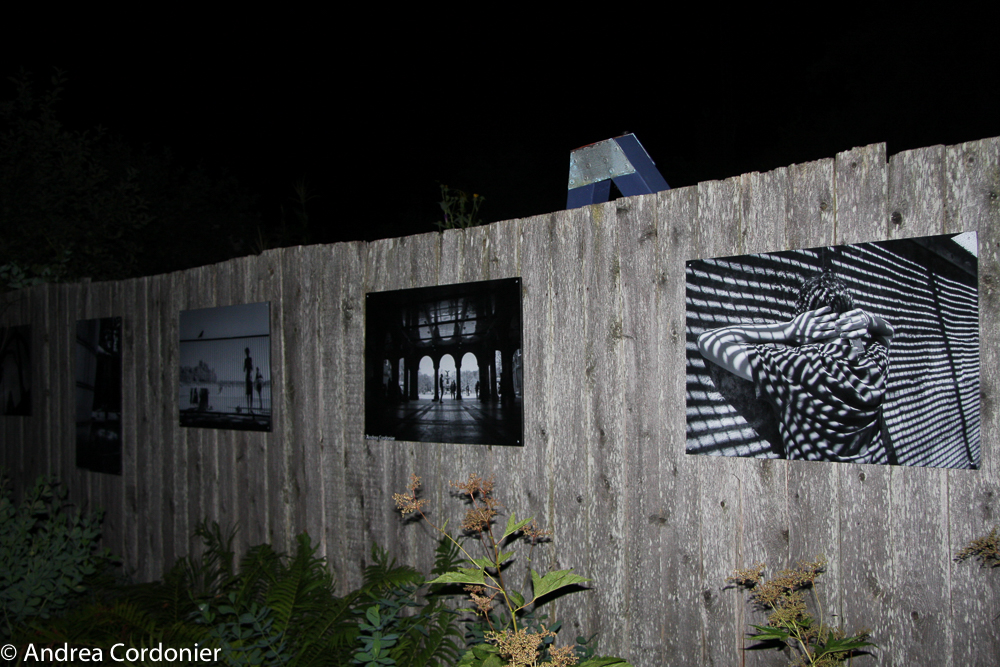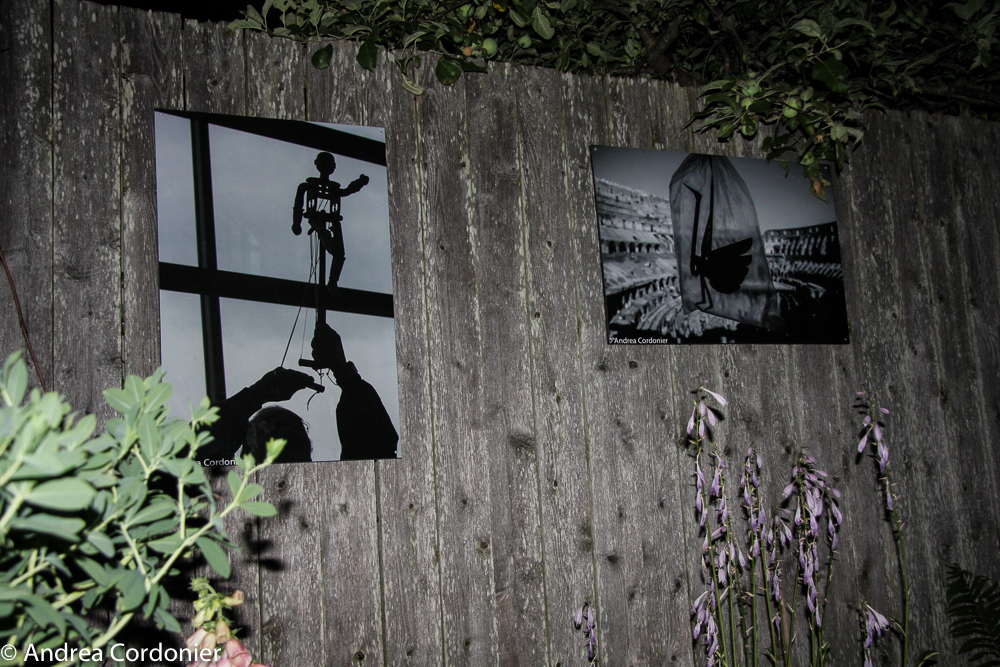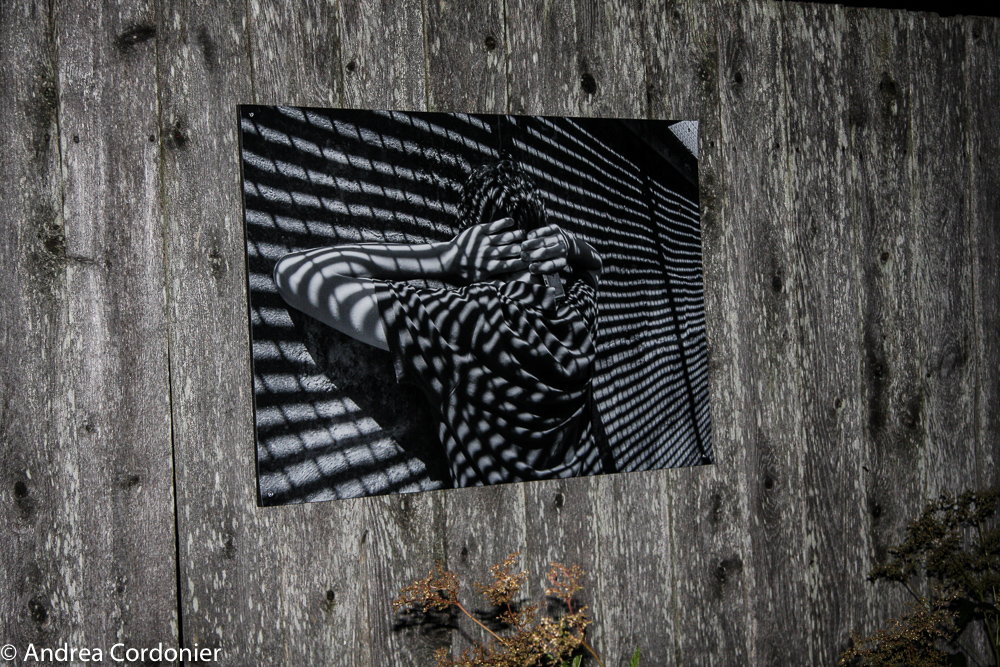It took 18 years of rural living for Guerrilla Art for Curious People to appear.
The idea popped into my brain because I love nothing more than discovering public art in unexpected places. Every time I’m surprised by an installation – turning a corner or driving through a neighborhood – my body vibrates, my head alights and I am consumed by happiness. To quote Mr. Whitman, I Sing the Body Electric.
I use the term public art loosely and inclusively to mean low and high art, commissioned and spontaneous work, that which is individually-curated or has been crowd-sourced. But what makes a piece of art legitimate, what gives it a right to be called ‘art’ and its creator an artist? And should we care about such labels?
I am a bundle of literal and rhetorical questions: Must art hang in a white box? Must it be curated by someone with “approved” taste? How much time must it take to make? How much money or other resources should it consume? Must the artist be trained? How must they be paid for their work? Must it have value – be easily saleable/collectible – in the contemporary art market? Must it generate money for others beyond the artist? How can it be creatively financed? Who might be its unexpected patrons or business partners? What should its lifespan be and should that lifespan reflect the investment? What, exactly, will bloom creatively without the encumbrance of economic valuation and ownership?
[pullquote]Aren’t rural areas, in fact, primed for art in all its best, most creative and experimental forms, with their greater proportion of farmland, open fields and forests, lesser regulation, glut of informal, utilitarian and accessible buildings, churches, community halls and libraries? Aren’t they a tabula rasa for all kinds of material or virtual installations that dovetail with the geography, culture, history, climate, ecology, built heritage, resources, intimate knowledge and imagination of a specific area?[/pullquote]
Aside from galleries, we expect to see graffiti, billboards, sculpture, murals and other art/design elements in the city. But what should we expect to see in rural areas? Something? Nothing? Does rural or small town art have to be conformist, nice, traditional or simple like historic murals or granite memorials? Or can it be wild and raving and utterly contemporary?
Aren’t rural areas, in fact, primed for art in all its most creative and experimental forms, with their greater proportion of farmland, open fields and forests, lesser regulation, glut of informal, utilitarian and accessible buildings and community halls, churches and libraries? Aren’t they a tabula rasa for all kinds of material or virtual installations that dovetail with the geography, culture, history, climate, ecology, built heritage, resources, intimate knowledge and imagination of a specific area?
It took 18 years of living in rural Ottawa to grasp that the creative glass is more than half-full; it’s potentially filled to overflowing for rural creatives willing to move beyond the perceived limits of place.
**********
Guerrilla Art for Curious People arrived and with it a brief manifesto that responds to the question “Why here?”:
**********
Laneway 1 was my inaugural installation of Guerrilla Art for Curious People. It was meant as an experiment and expression of joy.
I have a 40 ft. long fence that borders my back laneway which I always thought would make an excellent plein air gallery. I blew up ten pieces of my work, mounted them on plywood and attached them to the wall. For those who passed the laneway – and chanced to turn their head – a surprise awaited. I didn’t advertise the exhibition; it was offered as a reward for the curious, for those who take the time to look around.
With more than 125,000 images in my photographic collection, this would be my first solo exhibition: simple, self-curated, non-negotiated, free and true.
If you missed this one, you can look for the next installation in late spring. If your timing is good, you might even luck into a cup of coffee.
